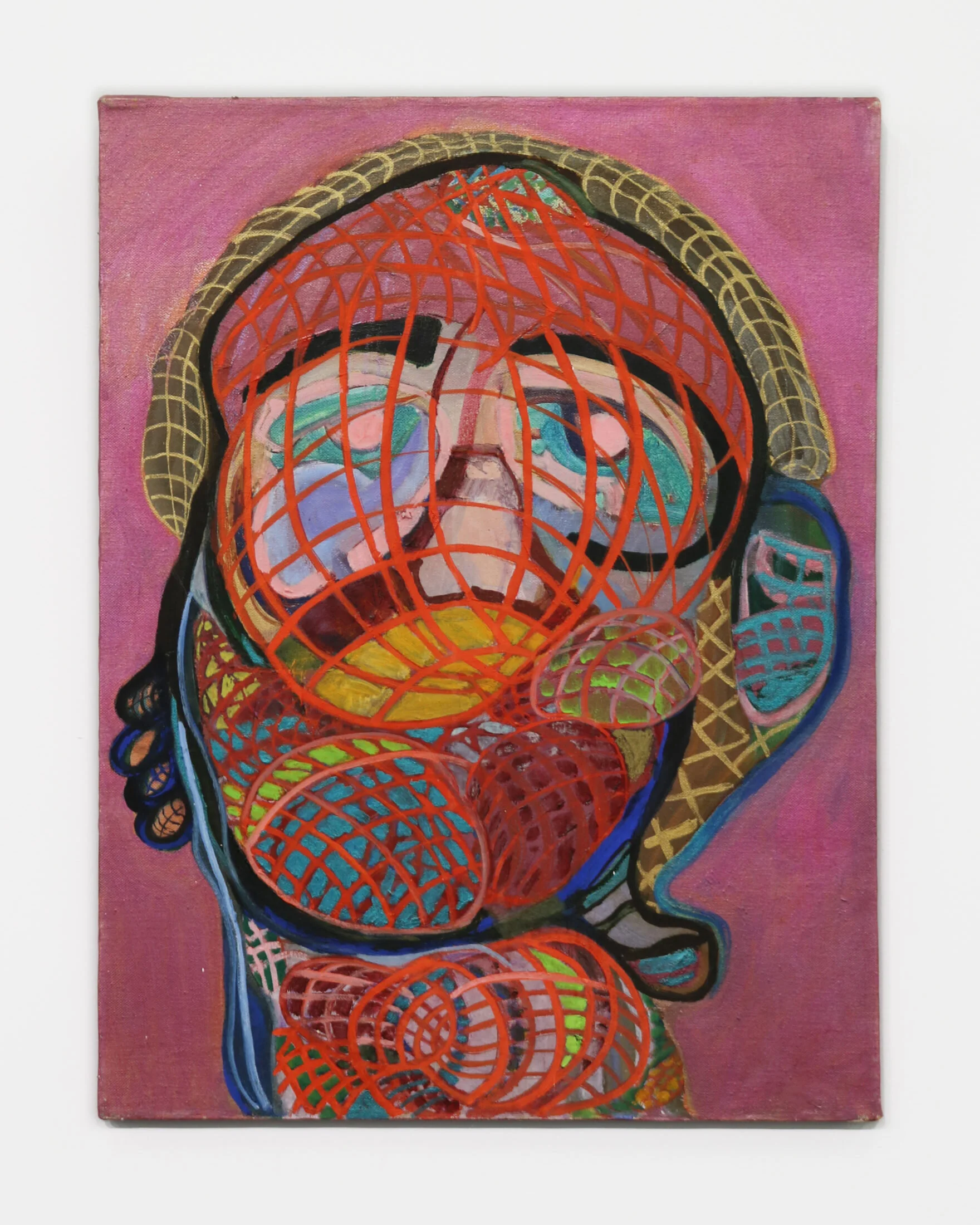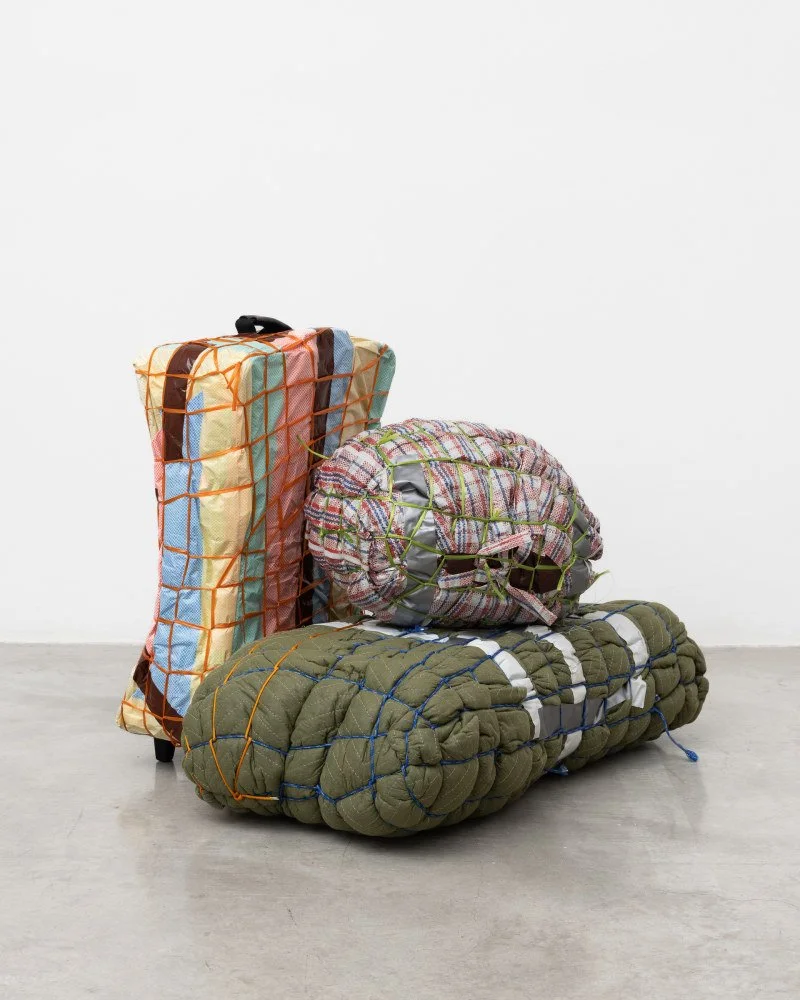Norma Tanega
“Internal Landscapes: Paintings 1967 – 2005”
New York, 91 Horatio, Street
Norma Tanega is perhaps still best known for her 1966 recording ‘Walkin’ My Cat Named Dog’ – an unexpected chart hit in both the U.S. and the U.K., that would subsequently be covered by artists as different as Art Blakey & The Jazz Crusaders and They Might Be Giants. Tanega’s far-ranging musical career explored independent and collaborative contexts, her work as a songwriter, including two major label backed albums of original music and the songs that she wrote for her partner Dusty Springfield in the late 1960s, and her work as an experimental percussionist in the 1980s and beyond. Throughout her five decade-plus musical career Tanega maintained a parallel practice as a visual artist, exhibiting her work regularly from 1960 to the year of her death in 2019.
Tanega studied Arts and Humanities at Scripps College, Claremont, CA, graduating in 1960. She then received her MFA in Painting and Printmaking from the Claremont Graduate School in 1962. After a spell living in New York (where she wrote ‘Walkin’ My Cat Named Dog’), and time on the road as a working musician, Tanega traveled to London in 1966 where she met and subsequently started a relationship with Dusty Springfield. Towards the end of her time in London Tanega released her extraordinary, but commercially unsuccessful, 1971 album ‘I Don’t Think It Will Hurt If You Smile.’ (Now considered a ‘lost’ classic: original copies of the album have changed hands for $500.) After returning to Southern California in 1972 Tanega settled, once again, in Claremont, where she would remain until the end of her life. In Claremont, Tanega began working simultaneously as an artist, as an educator, and as a musician-performer. In the mid-to-late 1970s she also established and co-ran the Tanega-Maher Gallery in Redondo Beach, CA, creating a context for both her own work and that of a community of her artist-peers. In California Tanega established a fluid, hybrid, hyphenated-identity for herself, where few distinctions were made between mediums or disciplines. This palpable sense of ‘freedom’ reverberates throughout Tanega’s life and work.
Tanega’s paintings were shown mostly within a local context: in and around Claremont, or neighboring cities including Pomona and Riverside, and occasionally in Los Angeles itself. Consequently, Tanega’s art remains largely unknown outside of Southern California. The White Columns exhibition is a focused survey of her work from the late 1960s to the early 2000s that juxtaposes Tanega’s visceral, psychological portraits with her visionary paintings of the landscape. The topographies depicted in Tanega’s landscape paintings are invariably of the foothills of the San Gabriel Mountain range that surrounded her Claremont home (itself an example of ‘organic modernism’ designed by Foster Rhodes Jackson, a former student of Frank Lloyd Wright.) The title of a key Tanega painting from 1997 – ‘Internal Landscape’ – amplifies a tension that prevails throughout her work: a seemingly contradictory impulse, where the landscape is as much a physical reality (i.e. the world around us) as it is a psychological state. This entanglement, between ‘interior’ and ‘exterior’ worlds, between what is evident and what is hidden or suppressed, reverberates in Tanega’s portraits and landscapes alike. A recurrent visual motif in her work is the repeated use of a painted ‘X’ form, which variously operate as markers, ‘targets’, or as a form of aesthetic ‘cancellation’ or erasure. Tanega’s portraits of the late 1970s often depict menacing, masked figures that evoke serial killers and Hollywood noir. Another series of 1970s portraits that have the appearance of mug-shots, depict a rogues gallery of solitary male subjects. A poignant and emotionally fraught series of portraits from the early 2000s are each titled after the name of a different prescription drug, e.g. ‘Zoloft’, ‘Xanax’, and ‘Ativan’ (all 2005.)
Tanega approaches all of her subjects as a psycho-geographer might, where our sense of ‘place’, or indeed our sense of ‘self’, ultimately remains uncertain, unknowable even: a shape-shifting emotional terrain that remains constantly in flux. Simultaneously utopian and dystopian, optimistic and pessimistic, Tanega’s paintings present us with a complex counter-narrative to the typical idyllic depictions of Southern Californian life. Eschewing sentimentalism, Tanega offers us instead a more realistic and visceral alternative: suggesting that life should be experienced, embraced, and ultimately celebrated for all of its contradictions and complexity.






